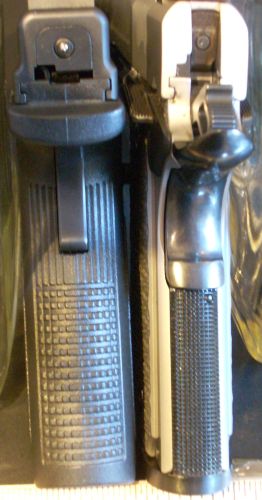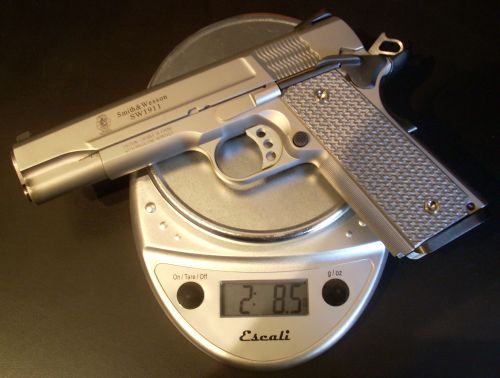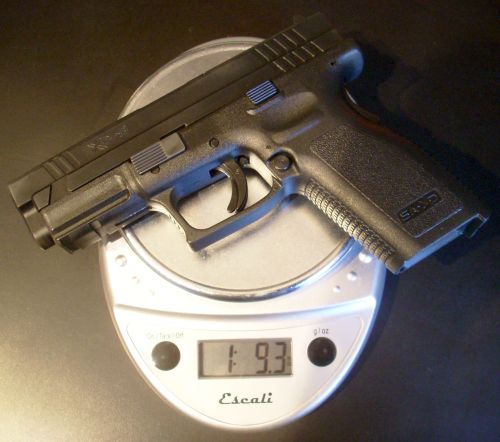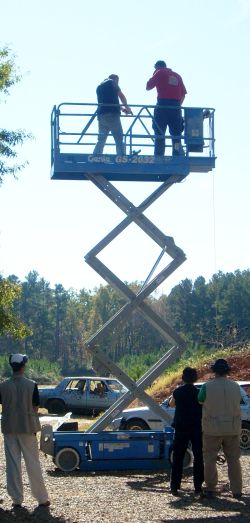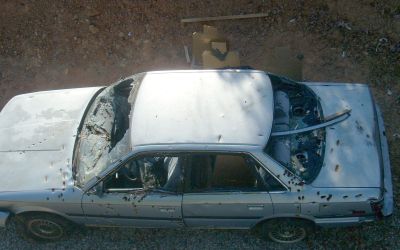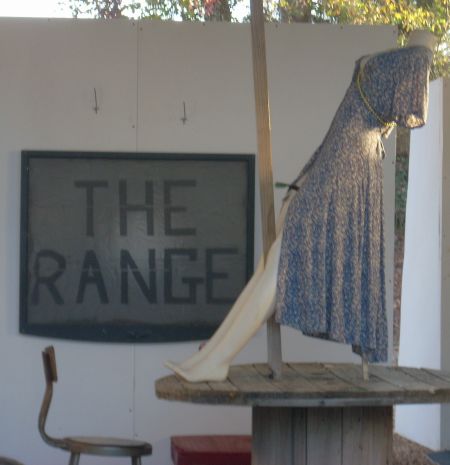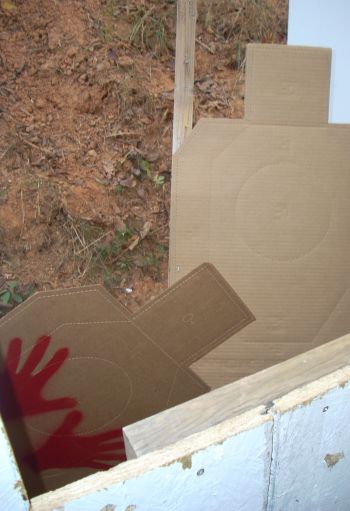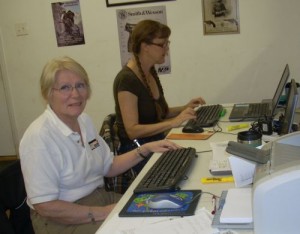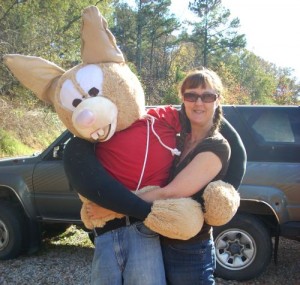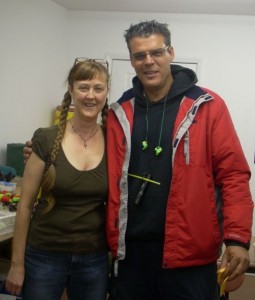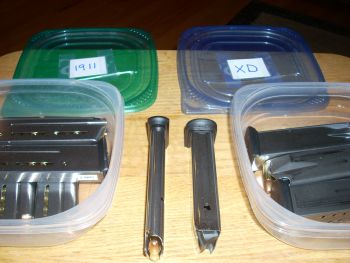I have had a few people ask about getting a Concealed Handgun Permit or Concealed Carry Weapon (CCW) License. Why might you consider this? It gives you more options for carrying guns legally and you don’t have to apply for a Pistol Purchase Permit every time you want to purchase a handgun. You are not required to carry if you have a permit, but you have the option.
NOTE: I’m not a lawyer or a law enforcement official. I’m sharing my experience but follow my advice at your own risk. Do your own research then decide what’s right for you.
In the state of North Carolina, you must attend an 8 hour class and pass a shooting proficiency test to apply for your permit. I was under the impression that the 8 hour class would teach tactics or basic self defense skills. I was wrong. This class is designed to present you with basic gun safety, familiarize you with the laws concerning where you can carry and to discuss justified use of deadly force. This is nothing more than a way for the state to ensure everyone with a carry permit has been exposed to the law and to basic gun safety.
I strongly encourage you to also take a defensive pistol training class. And practice. And consider shooting defensive matches to hone your skills. Do you really want to be figuring all of this out at the point where your life or the life of a loved one hangs in the balance? But I digress…
I took a class offered by the Wake County Range. The current class schedule is here. The cost was $80. The time commitment was just under 10 hours if you include the round trip drive to the range. Part of what they discuss is how to apply for the permit, what it costs and how long it takes. To get your certificate, you must pass a written test and a shooting proficiency test.
- The written test is 50 questions which are multiple choice, true/false, or fill in the blank.
- The shooting proficiency test requires you to fire 10 rounds each at distances of 3, 5, and 7 yards at a standard silhouette target.
- 70% is considered a passing score for both exams.
The email confirming the class was very detailed and stated:
You will need to bring a handgun and a minimum of 50 rounds of ammunition (you may want to bring extra ammunition in case you have any issues with your handgun during the qualification course of fire). If you have an extra magazine for your pistol, or a speed loader for your revolver, please bring it. If you do not have a handgun, please let me know and I’ll arrange with the instructors for you to use one of their guns for a small fee.
I used a .22 target pistol for the class. If you pass, you can carry any caliber, regardless of what you used for your proficiency test. Don’t expect to get instruction on how to shoot. Practice that in advance. If you are going to carry on a regular basis. you should be safe and you should be proficient (for your safety and the safety of the people around you.)
NOTE: This is not the time to learn how to operate a firearm or a firearm that is new to you. Spend some time getting familiar with the gun and how it functions before you take this class. Read the owner’s manual.
There are many options for CCW (Concealed Carry Weapon) classes locally. Just be sure that the class you choose meets the 8 hour minimum and is licensed to issue a state recognized course certificate. Type “<your city> handgun training” into Google and you should find multiple options. Ask at the range where you practice. They can make referrals.
Once you have your class certificate, here’s the scoop on applying in Wake County, NC.
- They are only open during regular business hours during the week. You may have to take time off work to visit the courthouse.
- Download the forms, review them, and fill them out before you drive to the courthouse. My class instructor recommended making a copy of the class certificate to keep for your records.
- The cost of $90 includes a $10 fee for being fingerprinted. The fingerprint office is right next door to the handgun permit office but they are not open from 11am to 1pm. So come earlier or later.
- They don’t take credit cards. So bring enough cash or a check.
- My permit took 6 weeks to be processed. They can take as long as 90 days in NC.
Total cost: $170 (class and permit application) + 8 hours of class + 50 rounds of ammunition + 1 or 2 trips to the courthouse.
Finger printed? Yes, you will be fingerprinted. That was the thing I was concerned about the most since I’ve never been fingerprinted. It made me feel as if I was throwing myself on the mercy of our judicial system and that felt scary to me. They are digital prints and I’m told that isn’t as precise as paper and ink. But you will be in the system. Since I have no aspirations toward a life of crime, I decided it was just one more thing I’d have to accept as part of paying my “gun dues”. This can be a mental journey as well as a physical one: think hard about the privacy tradeoffs.
This “feature” made available by WRAL ignited quite a bit of press about invasion of privacy: Rural areas lead in concealed weapons permit rates. You can enter any local street name and it will tell you how many permit holders live on the street. My street has four, but there are 90+ residences on the street. On streets with just a few houses, it can make it easy for the neighbors to know who carries. That can make you a target for theft. The link has been up for months and WRAL refuses to take it down.
Be aware that your permit is linked to your driver’s license. If you are pulled for a routine traffic stop and the officer runs your license he or she will see you have a concealed handgun permit. Best practice is to disclose up front and not surprise the officer. If you are not carrying it’s not required, but I personally would still disclose just to avoid that surprise. In that case, I’d say something like. “Office, I have a concealed handgun permit but I’m not carrying at this time.” If you are carrying, here’s a video I found that has a good demo of the disclosure process:
[Note: the original video was deleted so I’ve added a link to a different video as of March 2016].
When you do get that license, I want to leave you with this, from “The Cornered Cat” by Kathy Jackson:
When is the best time to tell my friends I am carrying a gun? At the same point you feel compelled to tell them what color of panties you’re wearing. — Gunhilda
More of Gunhilda’s wisdom can be found here. I highly recommend Kathy Jackson’s book for all new shooters, male or female.

